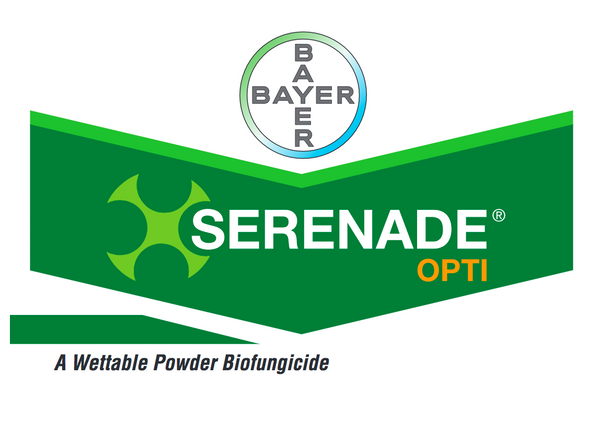Bacterial Disease Control
Organic and natural disease control. Bacterial diseases in plants often have a rotten or fishy odor, are water soaked and oozing, are initially confined between the leaf veins, and may have a chlorotic halo surrounding the infected area. Read more on our Bacterial Disease Page.













